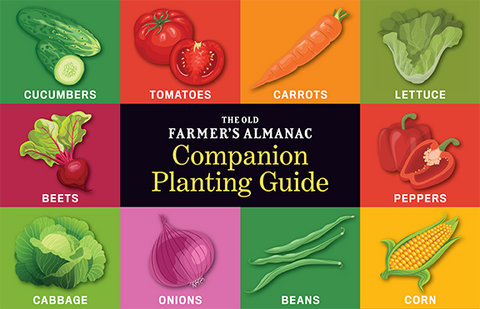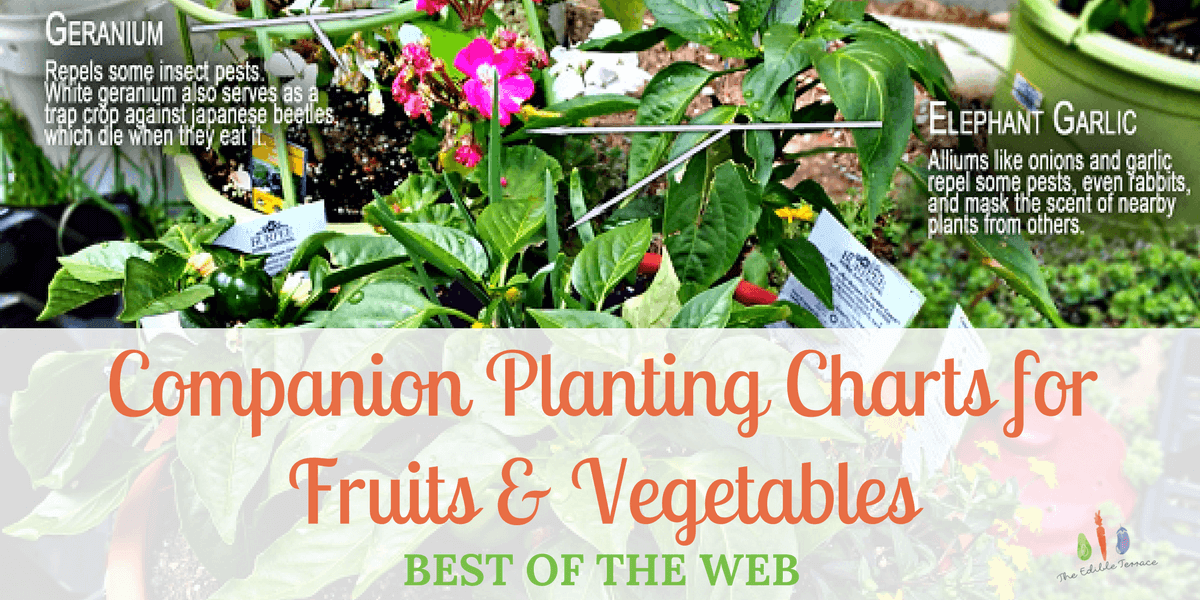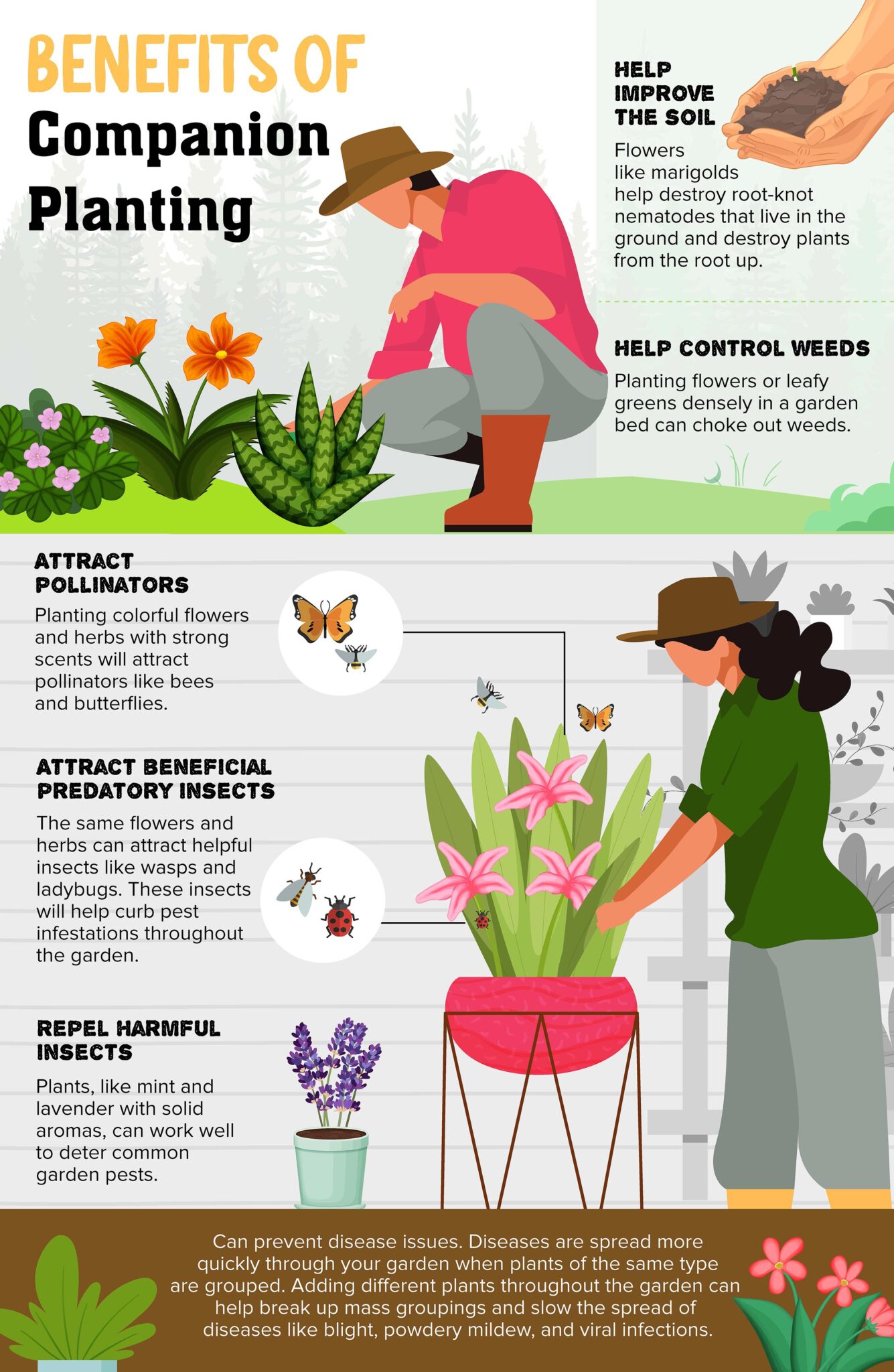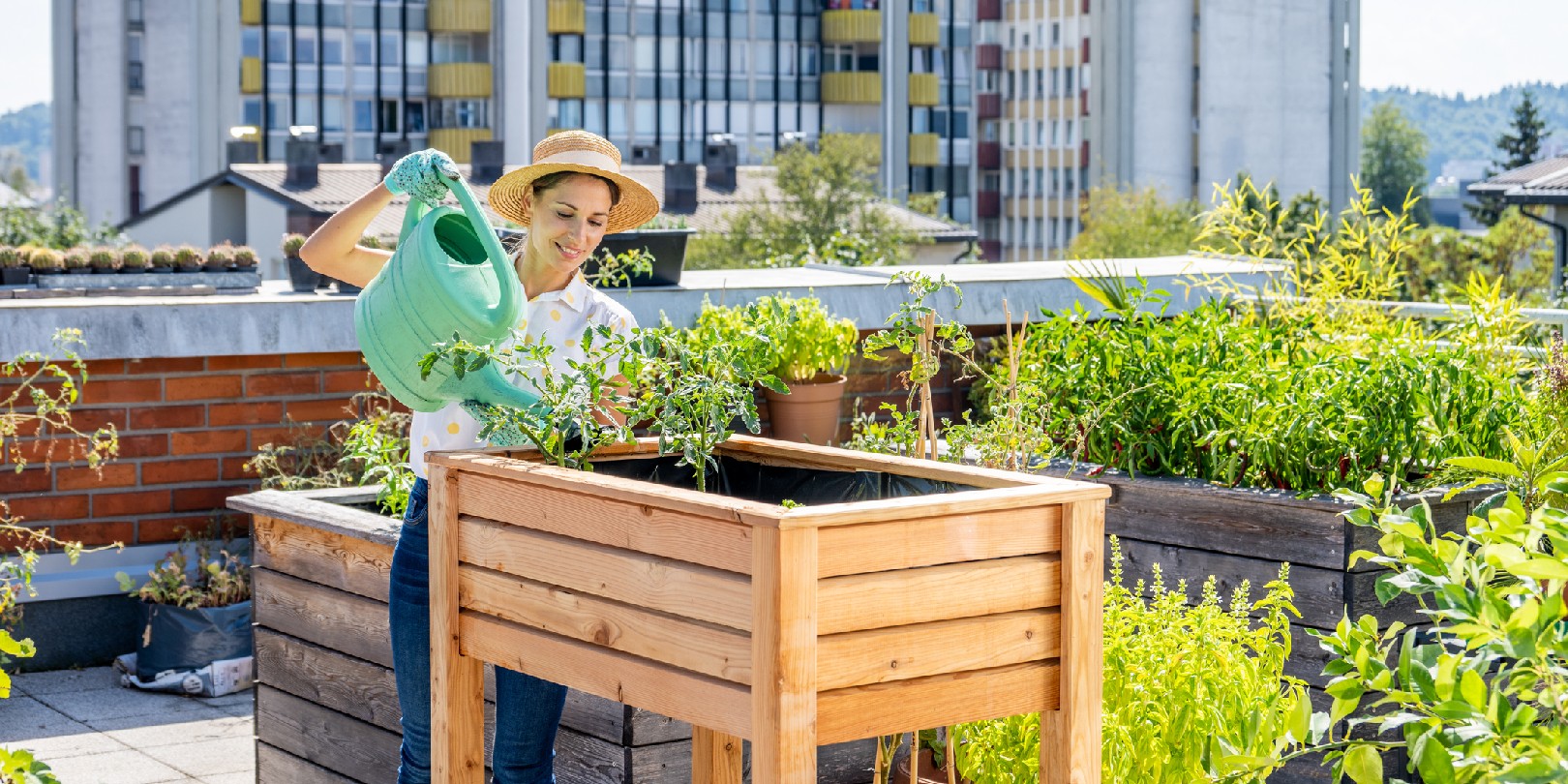The Ultimate Guide To Compatible Vegetables Chart
Introduction
Companion planting is a gardening technique that involves planting certain plants together to benefit each other. This can be done to attract beneficial insects, repel pests, improve soil health, or simply to create a more visually appealing garden.
There are many different ways to companion plant, but one of the most popular methods is to use a compatible vegetables chart. These charts list different vegetables and herbs and indicate which ones are compatible with each other.
In this blog post, we will discuss the benefits of companion planting, how to use a compatible vegetables chart, and some of the most popular compatible vegetable pairings.
Benefits of Companion Planting
There are many benefits to companion planting, including:
- Attracting beneficial insects. Many plants attract beneficial insects, such as ladybugs, lacewings, and spiders. These insects help to control pests in the garden.
- Repelling pests. Some plants release chemicals that repel pests. For example, marigolds repel nematodes, which can damage tomatoes and other vegetables.
- Improving soil health. Certain plants can improve the soil's health by adding nutrients or breaking down organic matter. For example, beans fix nitrogen in the soil, which can benefit other plants.
- Creating a more visually appealing garden. Companion planting can be used to create a more visually appealing garden by planting plants with complementary colors or textures.
How to Use a Compatible Vegetables Chart
To use a compatible vegetables chart, simply look up the vegetables that you want to plant. The chart will indicate which vegetables are compatible with each other.
For example, if you want to plant tomatoes, you would look up "tomatoes" on the chart. The chart would then show you which vegetables are compatible with tomatoes. In this case, some of the compatible vegetables for tomatoes include beans, carrots, chives, garlic, lettuce, and marigolds.
Popular Compatible Vegetable Pairings
Here are some of the most popular compatible vegetable pairings:
- Beans and corn: Beans fix nitrogen in the soil, which benefits corn. Corn provides shade for beans, which helps to protect them from pests.
- Carrots and onions: Carrots and onions repel each other's pests. This makes them a good choice for companion planting.
- Lettuce and tomatoes: Lettuce shades the roots of tomatoes, which helps to keep them cool. Tomatoes attract beneficial insects, which help to control pests on lettuce.
- Marigolds and tomatoes: Marigolds repel nematodes, which can damage tomatoes. Tomatoes attract beneficial insects, which help to control pests on marigolds.
- Peas and beans: Peas and beans fix nitrogen in the soil, which benefits each other.
Conclusion
Companion planting is a great way to improve the health and productivity of your garden. By using a compatible vegetables chart, you can easily choose the right plants to plant together and reap the benefits of companion planting.
Are you looking for a way to improve your vegetable garden? If so, you should visit Home Gardening for more information about the "compatible vegetables chart." This chart shows which vegetables grow well together and which ones should be planted separately. This can help you to maximize your garden space and get the most out of your harvest.
FAQ of compatible vegetables chart
- What is a compatible vegetables chart?
A compatible vegetables chart is a guide that shows which vegetables grow well together. This can be helpful for gardeners who want to maximize their yields and prevent pests and diseases.
- What are the benefits of using a compatible vegetables chart?
There are many benefits to using a compatible vegetables chart. These include:
* Increased yields: When vegetables are planted with compatible companions, they can help each other to grow better. This is because they may attract beneficial insects, deter pests, or improve the soil quality.
* Reduced pests and diseases: Some vegetables can help to repel pests and diseases that would otherwise harm other plants. For example, marigolds are known to repel nematodes, which can damage tomatoes.
* Improved flavor: Some vegetables can actually improve the flavor of others when they are planted together. For example, basil is said to enhance the flavor of tomatoes.
- How do I use a compatible vegetables chart?
To use a compatible vegetables chart, simply look up the vegetables that you want to plant. The chart will show you which other vegetables are compatible with them. You can then plant these vegetables together in your garden.
- What are some common mistakes that people make when using compatible vegetables charts?
Some common mistakes that people make when using compatible vegetables charts include:
* Not considering the height of the plants: Some plants grow taller than others, so it is important to consider this when planting them together. For example, you would not want to plant a tall plant like corn next to a short plant like lettuce, as the corn would shade out the lettuce.
* Not considering the sunlight requirements of the plants: Some plants need full sun, while others prefer partial shade. It is important to plant these plants accordingly.
* Not considering the soil requirements of the plants: Some plants prefer sandy soil, while others prefer clay soil. It is important to plant these plants in the right type of soil.
- Where can I find a compatible vegetables chart?
There are many places where you can find a compatible vegetables chart. You can find them online, in gardening books, and at some garden centers.
Image of compatible vegetables chart
- Companion Planting Chart by GardenZeus. This chart shows which vegetables are compatible with each other, as well as which ones should be avoided planting together.

- Vegetable Companion Planting by The Old Farmer's Almanac. This chart is a bit more detailed than the previous one, and it also includes information about the benefits of planting certain vegetables together.

- Companion Planting by The Gardening Channel. This chart is a bit simpler than the previous two, but it's still a good resource for beginners.

- Companion Planting for Vegetable Gardens by The University of California, Davis. This chart is more academic than the previous ones, but it's a great resource for gardeners who want to learn more about the science behind companion planting.

- Companion Planting Matrix by Square Foot Gardening. This chart is a bit different from the others, as it's organized in a matrix format. This makes it easy to see which vegetables are compatible with each other at a glance.

- Companion Planting Poster by Gardener's Supply Company. This poster is a great visual reference for companion planting. It's also a great way to learn about the benefits of planting certain vegetables together.

- Companion Planting Guide by Epic Gardening. This guide is a bit more comprehensive than the other resources, as it includes information about companion planting for herbs, flowers, and fruits.

- Companion Planting Cheat Sheet by The Spruce Eats. This cheat sheet is a great way to quickly reference which vegetables are compatible with each other.

- Companion Planting Infographic by The Sill. This infographic is a great way to learn about the basics of companion planting in a visually appealing way.

- Companion Planting Wheel by The Garden Gate. This wheel is a great way to see which vegetables are compatible with each other at a glance.

Post a Comment for "The Ultimate Guide To Compatible Vegetables Chart"